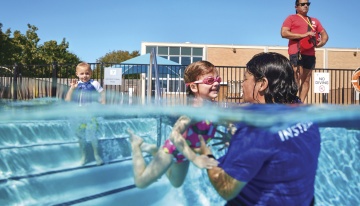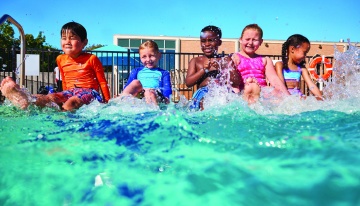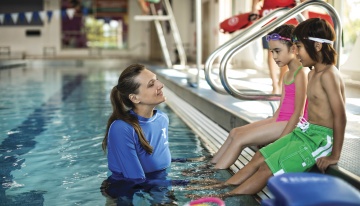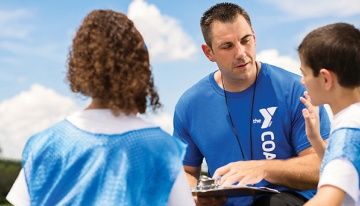Section 1
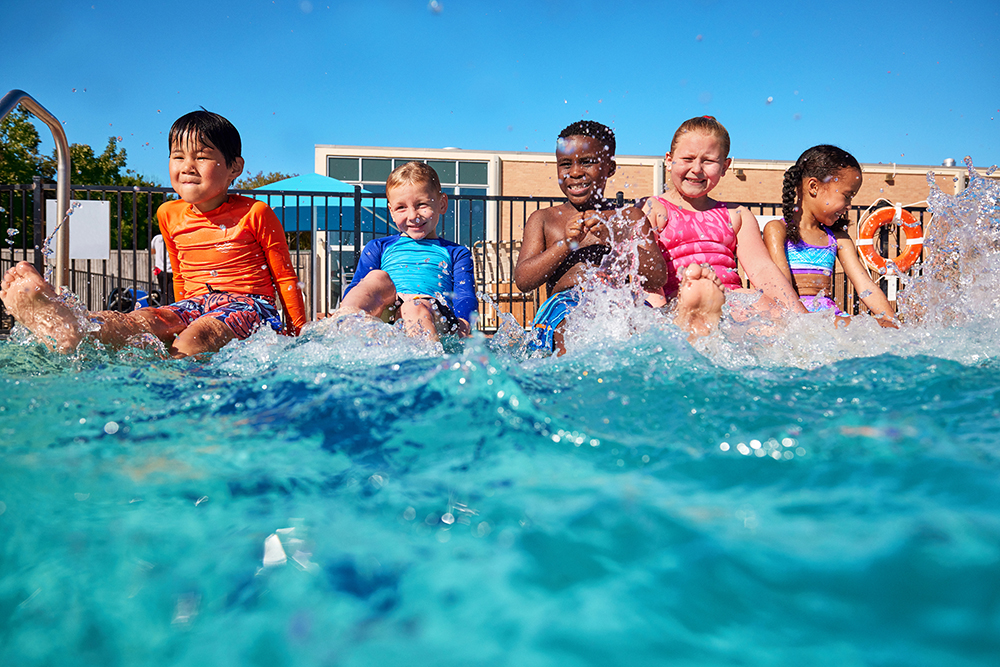 In 2023, two major barriers to water safety education in the United States continue to exist: lack of access for historically marginalized communities and the overall learning delays exacerbated by the COVID-19 pandemic.
In 2023, two major barriers to water safety education in the United States continue to exist: lack of access for historically marginalized communities and the overall learning delays exacerbated by the COVID-19 pandemic.
With drowning as the leading cause of death for children between 1 to 4 years old and the second leading cause of unintentional injury or death for children 5 to 14 years old according to the Centers for Disease Control and Prevention, teaching children how to be safe in and around the water is a necessity, not a luxury.
The YMCA understands the importance of bridging this gap now more than ever. This is why Ys across the country provide accessible Safety Around Water classes to both empower parents and to teach children lifesaving drowning prevention skills in a fun and safe environment.
But why do these water safety gaps exist in the first place?
Crucial water safety skills cannot wait, especially right before the warmer summer months.
Section 2
Racial Disparities in Water Safety
Historically marginalized communities, including Black, Hispanic, Native American and Alaskan Native populations, see disproportionately higher drowning rates than in other communities. There is a history of exclusion, associated with swimming pools in particular, that has impacted the racial disparities within water safety that are present today. Additionally, if a parent does not know how to swim, there is only a 13 percent chance that a child in that household will learn how to swim, according to a national research study by the USA Swimming Foundation and the University of Memphis.
- According to a recent YMCA survey, 44 percent of Black parents have beginner level to no swimming abilities—a 20 percentage point difference in comparison to other U.S. parents. 60 percent have negative associations toward lakes, rivers and beaches. 40 percent have the same negative sentiments toward pools.
- The same survey says 36 percent of U.S. Hispanic parents state that water safety is not a priority due to affordability concerns—a much higher percentage compared to other parents.
- According to a national research study conducted by the USA Swimming Foundation with the University of Memphis and University of Nevada-Las Vegas, 60 percent of Black and 45 percent of Hispanic children cannot swim, compared to 40 percent of white children who cannot swim.
- According to the Centers for Disease Control and Prevention, Native Americans and Alaskan Natives have the highest death rate from drowning—1.4 times the rate of Black Americans and twice that of white Americans.
With thousands of locations across the country that teach over a million children valuable water safety skills each year, the Y is committed to breaking down these barriers at the community level to ensure that all children have access to learn to be safe in and around the water.
Beyond School: The COVID Learning Crisis
Another factor surrounding the water safety gap is the learning delay caused by the COVID-19 pandemic. Whether it is basic math skills (CBS News reported that math performance is the lowest it has been since 1969) or learning the basics of water safety, the pandemic disrupted education and contributed to learning loss.
Pandemic shutdowns of pools and community centers led to missed swimming lessons for many families. Research from Dell Children's Medical Center of Central Texas showed that the pandemic led to reduced access to water, swimming opportunities and lessons for toddlers.
Our message to parents and caregivers is this: let us make up for lost time! Crucial water safety skills cannot wait, especially right before the warmer summer months.
Need to take your first step towards water safety? The Y can help! Find a Safety Around Water class at your local Y and enroll today.


